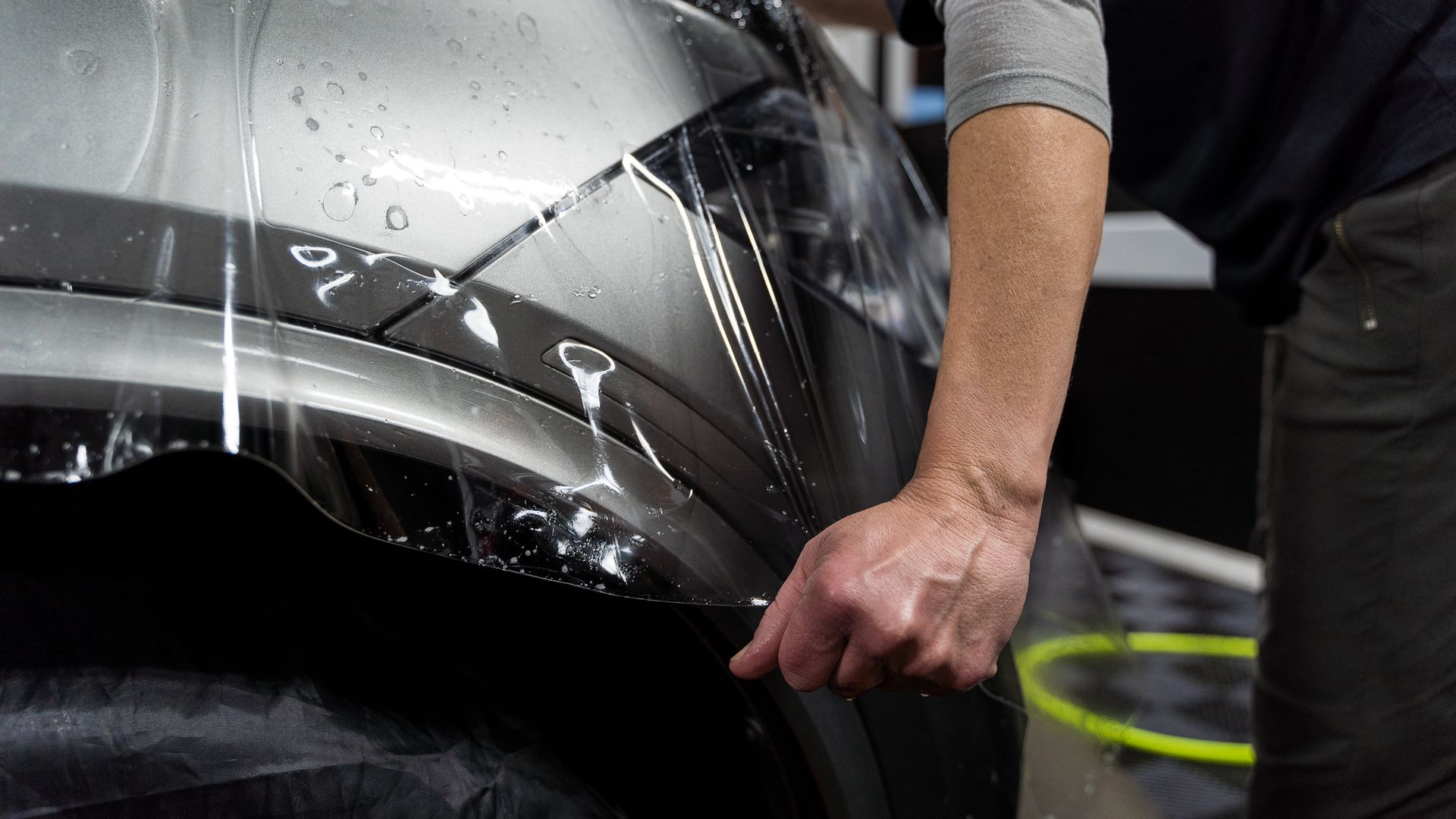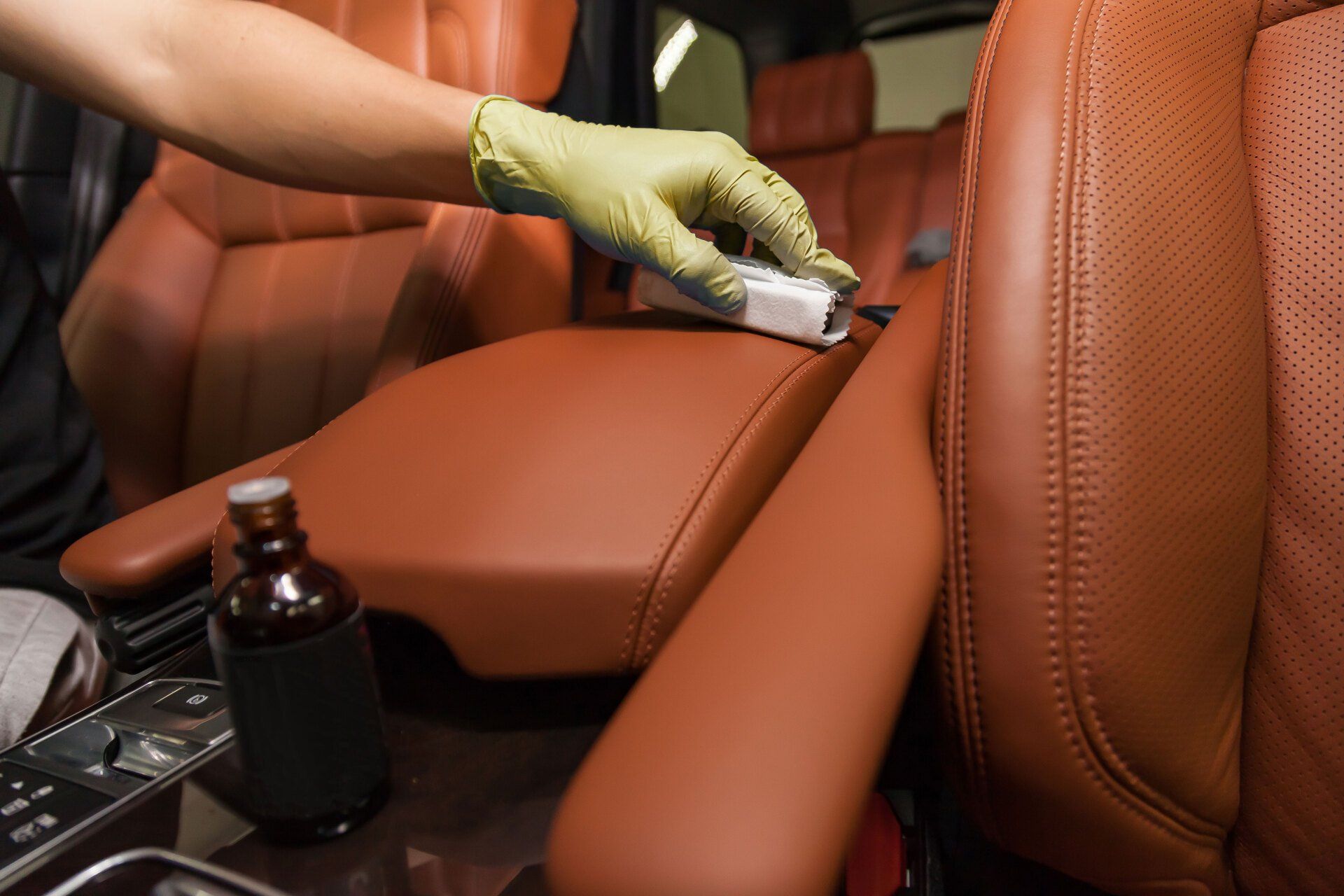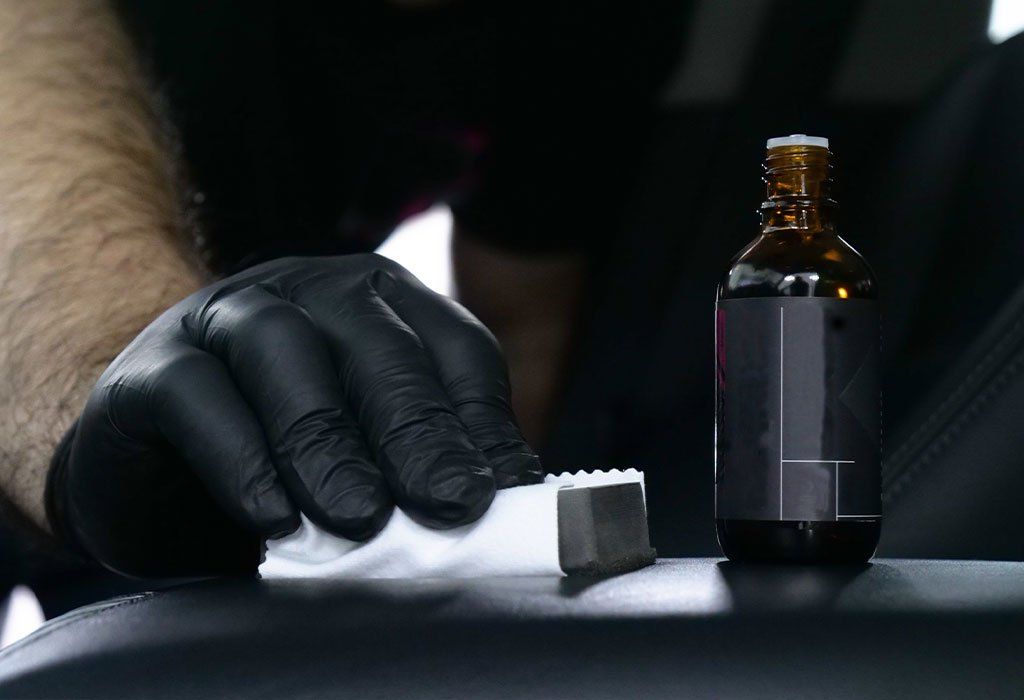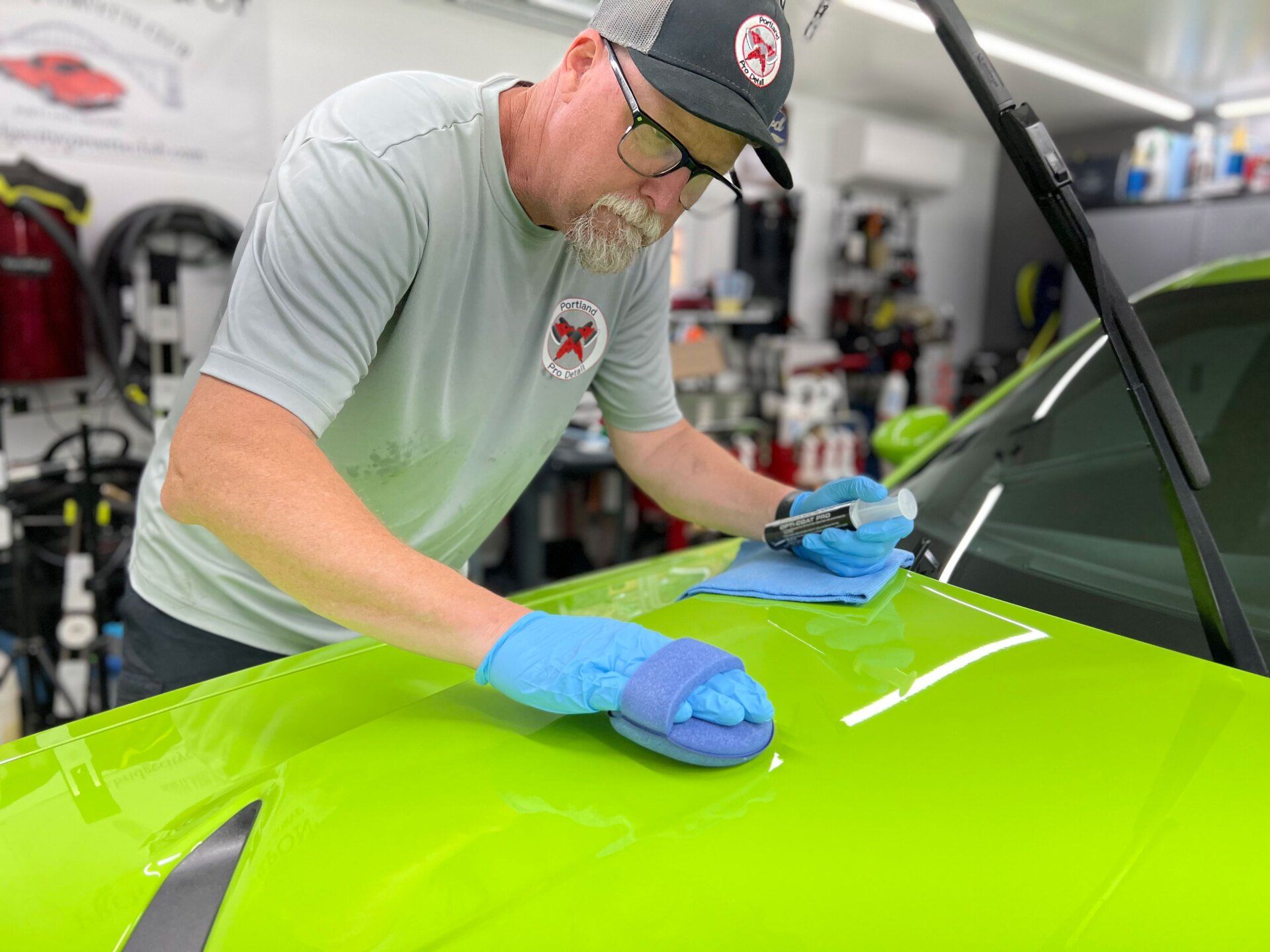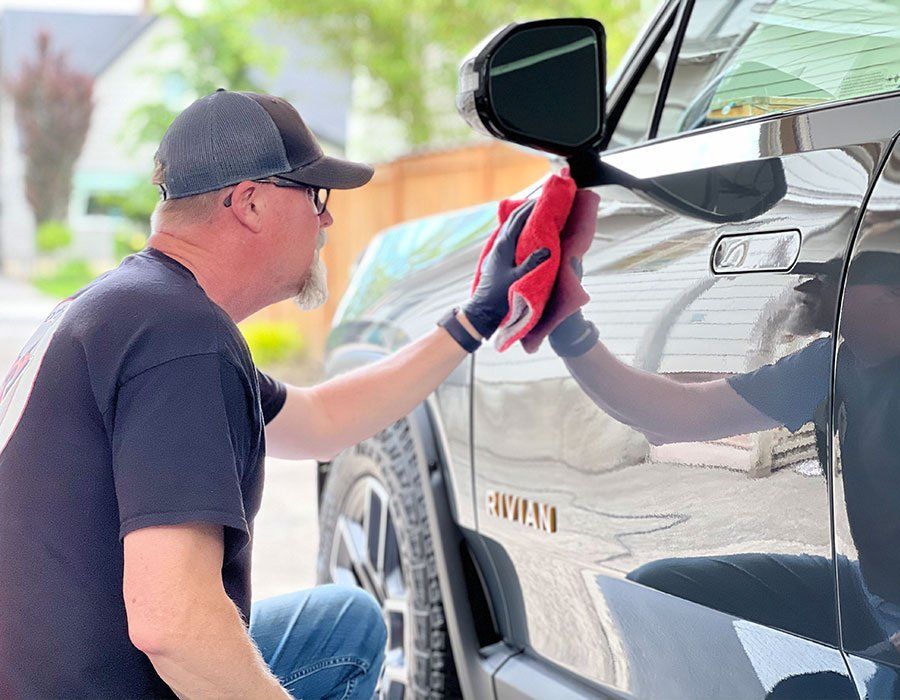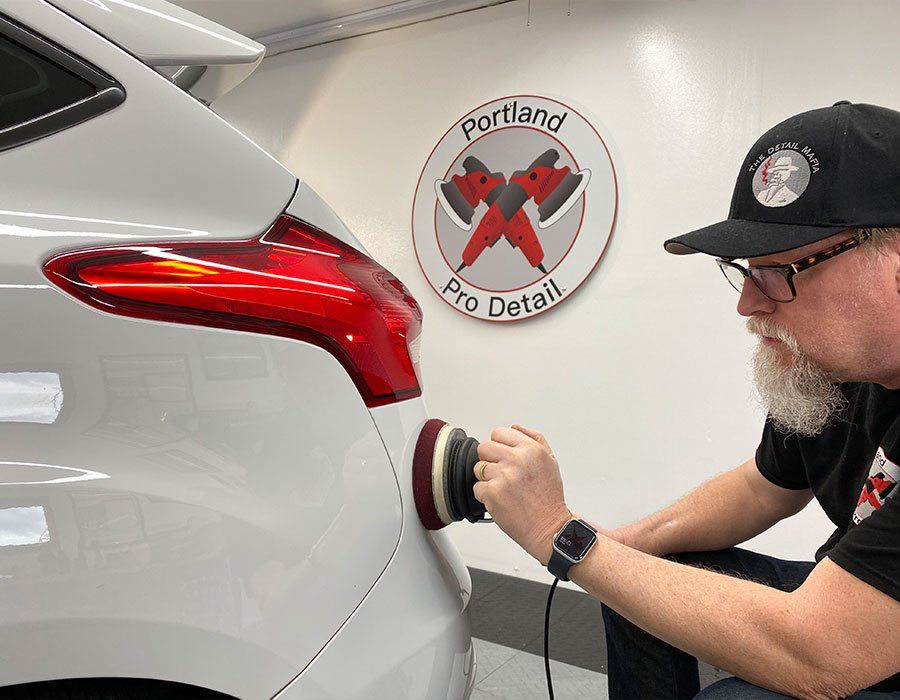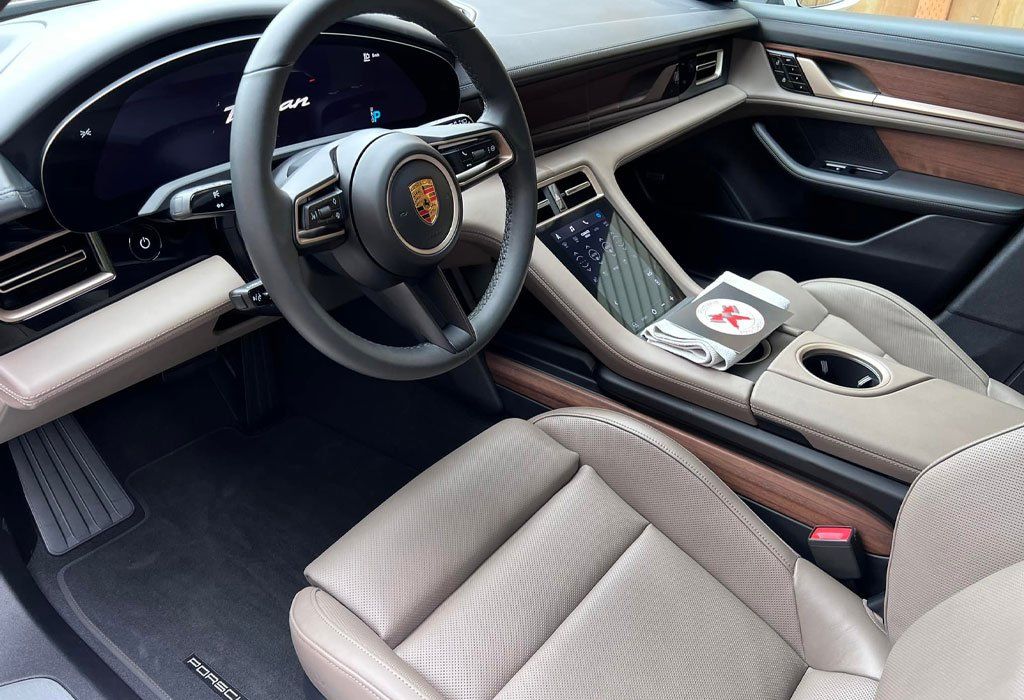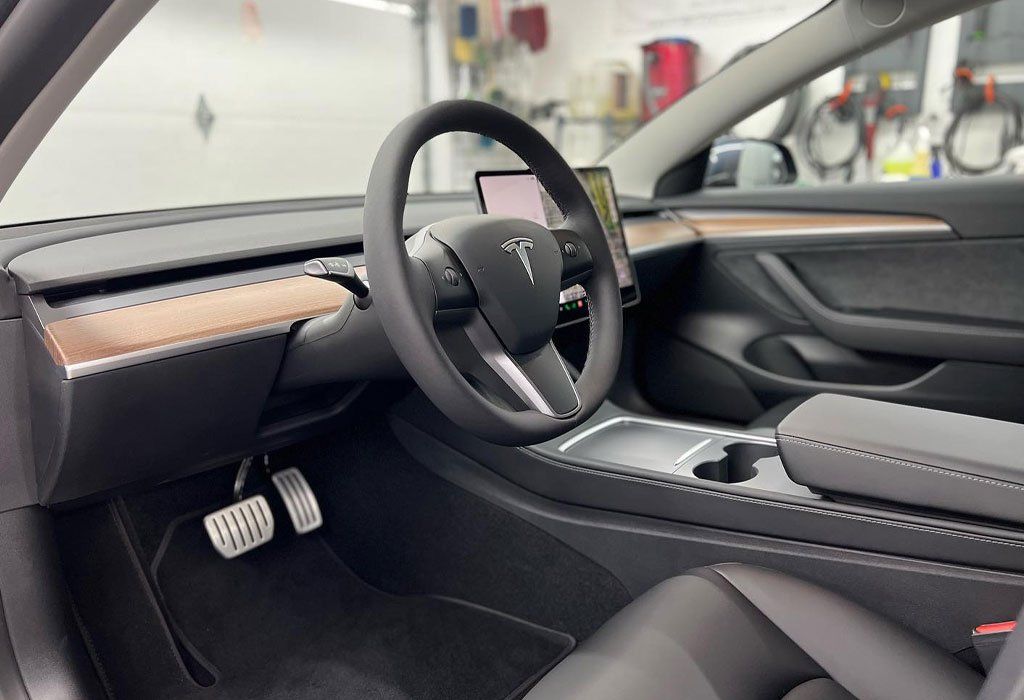The Ultimate Guide on How Interior Coating Prevents Mold and Mildew in Your Car
CALL (503) 444-7415
When you think about mold and mildew, your car probably isn’t the first place that comes to mind. Yet, if you’ve ever dealt with that musty smell or seen unsightly spots on your upholstery, you know how quickly these unwelcome guests can invade your vehicle. Fortunately, interior coatings are here to save the day! These specialized treatments create a barrier that keeps moisture at bay, making it much harder for mold to take root. Investing in a quality interior ceramic coating transforms the ride, turning what once felt like a damp cave into a fresh and inviting space.
Interior ceramic coatings play a crucial role in preventing mold and mildew growth by creating a moisture-resistant barrier that inhibits humidity accumulation within the vehicle. Professional interior detailing services not only deep clean surfaces to eliminate existing spores but also apply protective treatments that remove moisture traps, ensuring a drier environment that reduces the risk of future mold development.
How Interior Ceramic Coatings Prevent Mold
Mold loves to hang out in damp corners, and your car’s interior can become its cozy home if you're not careful. Luckily, specialized interior ceramic coatings are designed to combat this issue effectively. One of the primary features of these ceramic coatings is their hydrophobic nature, which repels water and prevents moisture from settling on frequently used surfaces like seats, carpets, and dashboards. When surfaces stay dry, they become significantly less hospitable for mold spores, reducing their chances of colonizing and thriving.
In addition to hydrophobic properties, many of these coatings contain antimicrobial agents that actively target and eliminate mold spores. These antimicrobial coatings have been shown to reduce mold growth by up to 99% in controlled environments. It's fascinating how a simple application can create an environment that actively resists mold proliferation rather than just reacting to it after the fact.
Naturally, it's crucial to invest in high-quality products when considering treatments for your car. For instance, ceramic coatings containing nanoparticles have been shown to provide a good percentage reduction in spore viability just 24 hours after application. This means that in addition to keeping things dry, you get added protection that works almost immediately! By providing these robust defenses, you're not only prolonging the aesthetics of your vehicle but also making significant strides toward maintaining its overall health.
Types of Mold-Resistant Coatings
Not all coatings are created equal; therefore, knowing the varieties available can help you make an informed choice. Selecting a mold-resistant coating means safeguarding against moisture and, consequently, preventing the growth of unwelcome mold and mildew inside your car. As you explore the world of interior coatings, consider these two highly regarded options that stand out in their efficacy:
- Nanotechnology Ceramic Coatings: Imagine a protective shield so fine it feels like a second skin—this is precisely what nanotechnology ceramic coatings offer. These ceramic coatings consist of microscopic particles that form an ultra-thin protective layer over surfaces, effectively reducing moisture retention. Most nanotechnology ceramic coatings are renowned for their longevity and remarkable effectiveness against mold. Users often rave about how easy it is to apply and how seamlessly it blends with various materials. It’s like adding an invisible force field to your vehicle's interior.
- Polymer-Based Ceramic Coatings: On another front, polymer-based ceramic coatings create a robust barrier that serves as a seal against moisture penetration. Think of this type of ceramic coating as locking moisture out while locking freshness in. The consistency of polymer ceramic coatings provides excellent coverage and durability, ensuring that mold doesn’t have a chance to take hold in your car's interior. This protection is particularly beneficial for high-touch areas that tend to sweat or retain humidity—like seat upholstery after a hot day.
When selecting these types of products, remember the golden rule—always read the product specifications to verify they include mold-resistant features; it's an insight that could save you from costly repairs down the line.
Key Benefits of Interior Ceramic Coatings
Keeping your car’s interior in top condition isn’t just about looks—it also impacts resale value, health, and overall cleanliness. Applying interior coatings offers long-term protection that goes beyond regular cleaning. Here’s why investing in these coatings is a smart decision:
- Enhanced Resale Value: A well-maintained interior significantly boosts your car’s market appeal when it’s time to sell. Buyers are more likely to pay a premium for vehicles that look clean and well-kept. Research suggests that cars treated with high-quality interior coatings can see a resale value increase of 10-15%, making them a worthwhile investment.
- Healthier Cabin Environment: Mold spores inside your car can cause respiratory issues and aggravate allergies, leading to an unpleasant driving experience. Interior coatings form a protective barrier that inhibits mold growth, keeping the air inside your vehicle cleaner. Unlike routine cleaning, which only provides temporary relief, interior ceramic coatings offer long-term protection against mold reinfestation.
- Improved Aesthetics and Cleanliness: A spotless, well-kept interior enhances the overall driving experience and keeps your vehicle inviting for passengers. Interior ceramic coatings protect surfaces from stains, discoloration, and general wear and tear, ensuring they remain in top condition. Spills and messes can be wiped away effortlessly, preserving that fresh, like-new feel for years.
Investing in interior ceramic coatings ensures your vehicle stays cleaner, healthier, and more valuable over time.
Choosing the Best Interior Ceramic Coating
Selecting the right interior coating for your car involves more than just picking a product off the shelf. With so many options available, it’s important to focus on performance, longevity, and proven results. Here’s what to consider when making your choice:
- Assess Product Efficiency: Look for interior ceramic coatings from reputable brands that have established credibility and a track record of success. Customer feedback and expert recommendations can confirm the product’s effectiveness in providing long-lasting protection against moisture and pollutants. Choose interior ceramic coatings that are backed by solid performance records and positive reviews from professionals and users alike.
- Beware of Unverified Claims: A product that promises mold prevention should be backed by testimonials and real-world evidence. Avoid products that only offer marketing hype without supporting proof of their claims. Trust interior ceramic coatings that have been tested and proven to be effective, ensuring long-term protection against mold and mildew buildup.
- Evaluate Cost vs. Longevity: While affordable options may seem tempting, consider the long-term costs of reapplying inferior products. Premium interior ceramic coatings may come at a higher upfront cost but can save you money by reducing the need for frequent reapplications. By choosing a more durable product, you’re investing in your car’s interior protection and overall upkeep.
Choosing the right interior ceramic coating for your car is a smart investment in both its appearance and longevity. By assessing product reputation, effectiveness, and cost-efficiency, you can ensure a healthier and more durable driving experience. Make an informed decision to protect your vehicle’s interior, maintain its value, and enhance your comfort on the road.
Preserve Your Car’s Interior with Expert Ceramic Coating in Portland, OR
Protect your vehicle's interior from stains, fading, and wear with Portland Pro Detail’s
premium interior ceramic coating services. Designed to shield leather, fabric, and plastics, this advanced treatment creates a durable barrier against spills, UV rays, and daily use while maintaining a like-new appearance. Trust our skilled team to apply the perfect solution tailored to your car’s needs. Book your interior ceramic coating service today and enjoy a protected, polished interior that lasts. Call us at (503) 444-7415 to get started!
Portland Pro Detail Blog
